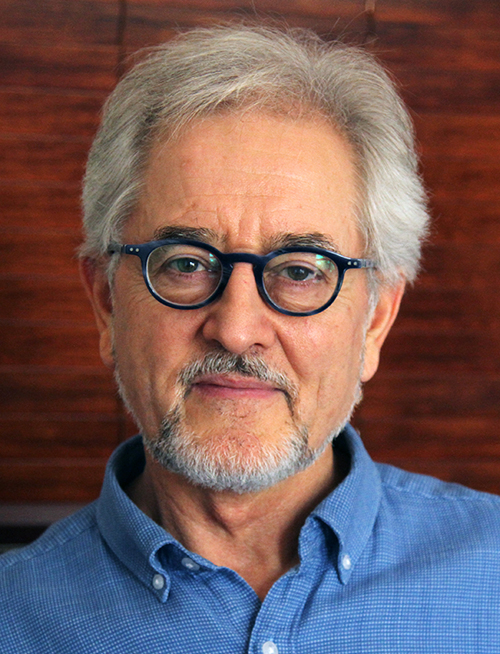The freedom to live life on your terms
Here’s one of the hardest (or least asked…) questions when it comes to financial planning: “How much is enough?”
It's a simple question, but one that most people never stop to consider. We're so caught up in the race for 'more' that we forget to ask ourselves why we're running in the first place. It’s a vital question that we need to ask, so much so that Paul Armson wrote a book about it - "Enough? How much money do you need for the rest of your life?".
It challenges us to rethink the very essence of financial planning. It's not about amassing the biggest fortune; it's about funding a life that brings you joy and fulfillment.
Imagine for a moment that money wasn't a concern. How would you spend your days? What experiences would you seek? What impact would you want to make? These are the questions that lie at the heart of Lifestyle Financial Planning.
Traditional financial planning often feels like a never-ending pursuit of more. More savings, more returns, more assets. However, Armson argues that this approach misses the point entirely. After all, what good is a hefty bank balance if it doesn't translate into a life well-lived?
Lifestyle Financial Planning flips the script. Instead of starting with products and strategies, it begins with you - your dreams, your values, your ideal lifestyle. It asks, "What does your best life look like?" and then builds a financial strategy to support that vision.
This approach suggests that true wealth isn't just about money in the bank. It's about having the freedom to live life on your terms. It's about achieving 'financial independence' - that magical point where work becomes a choice, not a necessity.
But how do we determine what 'enough' looks like? It's a deeply personal question, and the answer will be different for everyone. For some, it might mean having the resources to travel the world. For others, it could be the ability to start a passion project or spend more time with family.
The key is to dig deep and get clear about what truly matters to you. What experiences bring you joy? What achievements would give you a sense of meaning and value? What legacy do you want to leave? Once you have a clear picture of your ideal lifestyle, you can work backwards to figure out the financial resources needed to support it.
This shift in focus from accumulation to lifestyle has profound implications. It frees us from the endless treadmill of always needing more. It allows us to make more intentional choices about how we earn, spend, and invest our money. And perhaps most importantly, it aligns our financial decisions with our personal values and life goals.
Adopting a Lifestyle Financial Planning approach doesn't mean abandoning sound financial principles. It still involves budgeting, saving, investing, and managing risk. But these tools become means to an end, rather than ends in themselves. They're employed in service of funding your ideal lifestyle, not just growing a bigger pile of money.
Lifestyle Financial Planning offers a more holistic and fulfilling approach to managing money. It encourages us to think deeply about what we truly want from life and to align our financial decisions with those aspirations. It replaces the anxiety of "never enough" with the confidence of knowing exactly what "enough" looks like for us.
It's a tool to help you live the life you desire. So, what does "enough" look like? That's perhaps where the true financial journey begins.






0 Comments